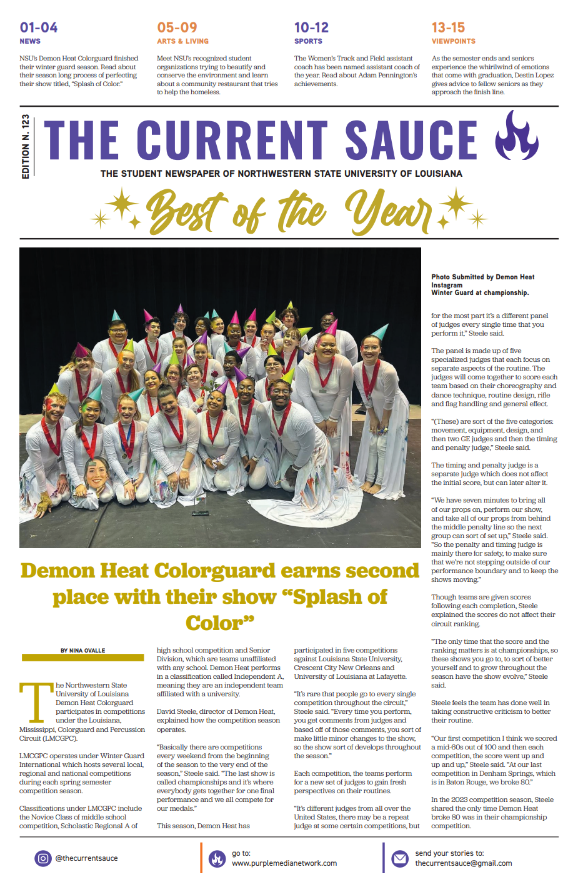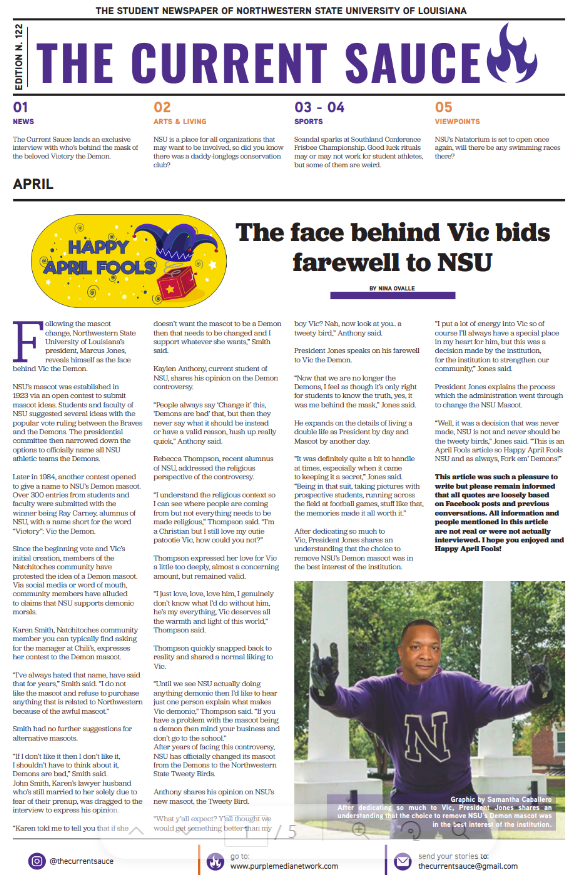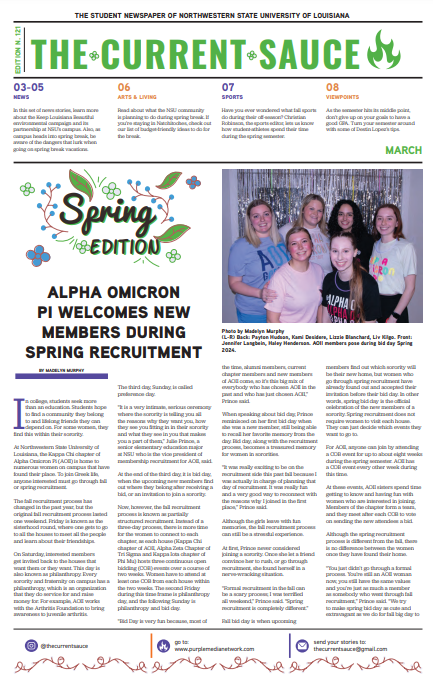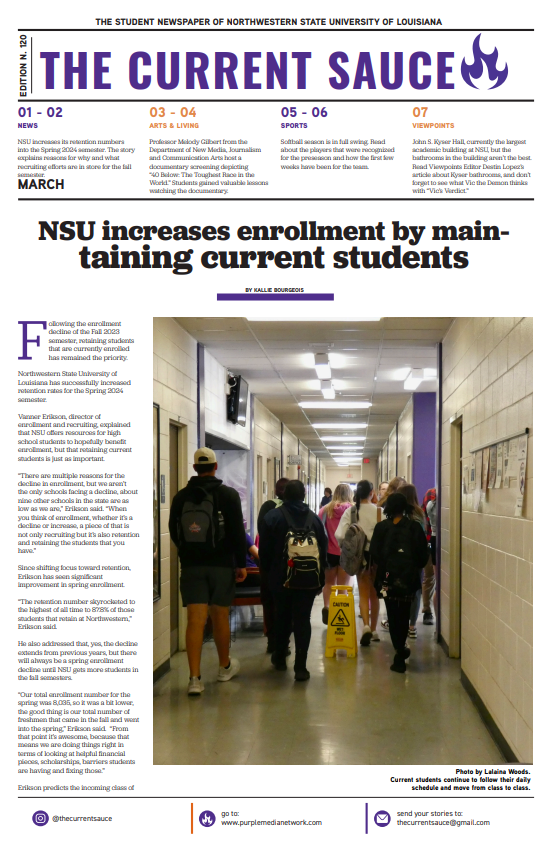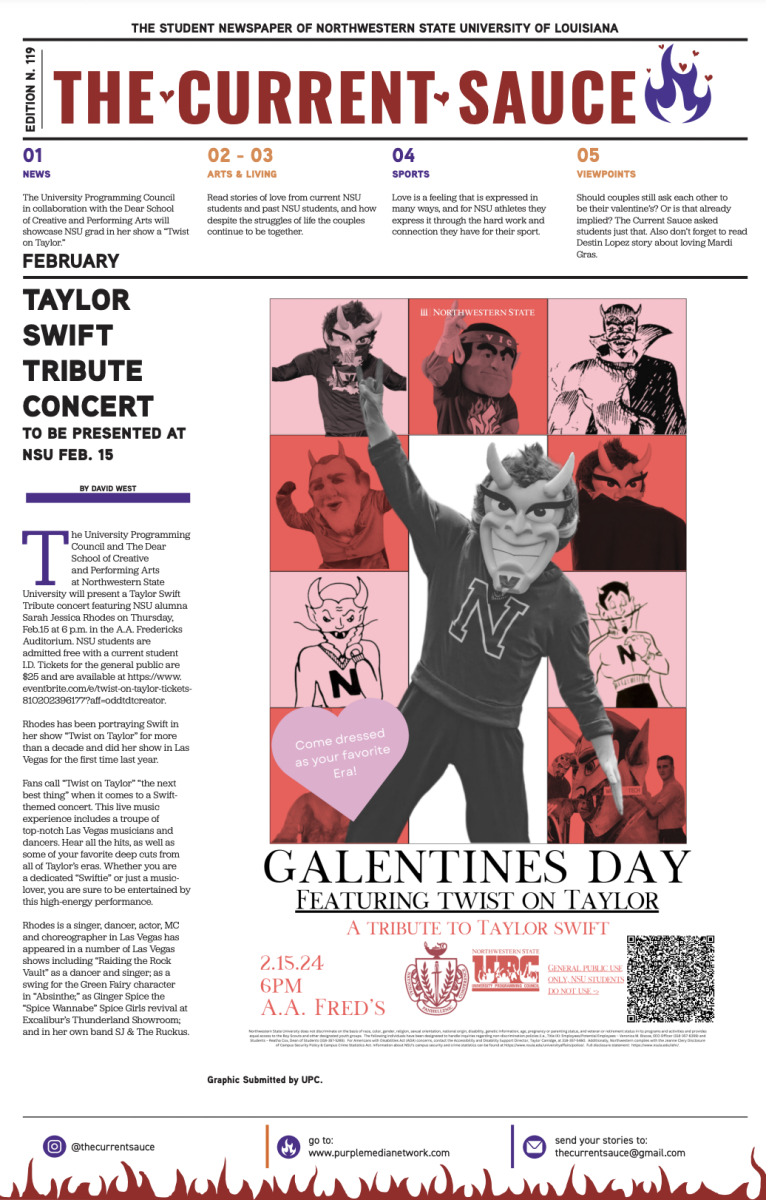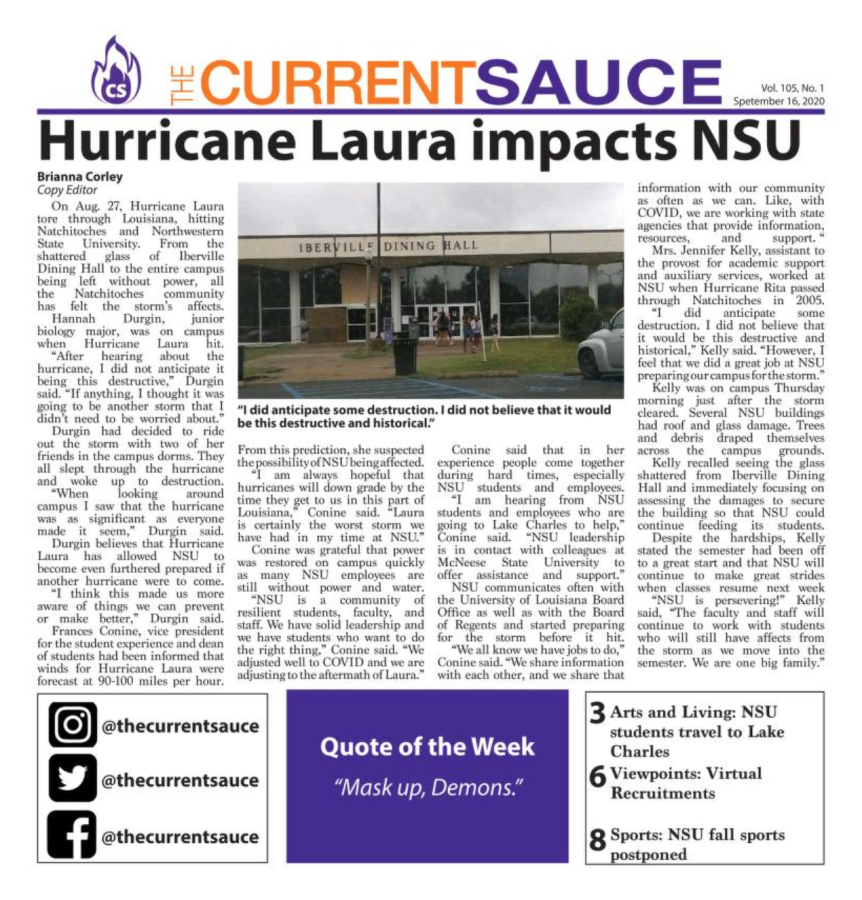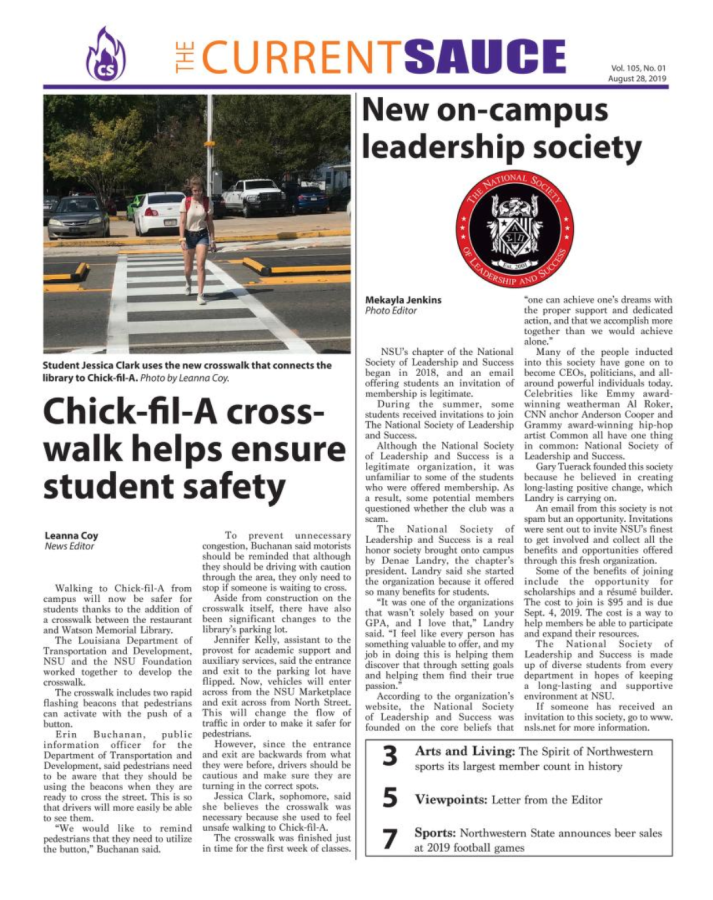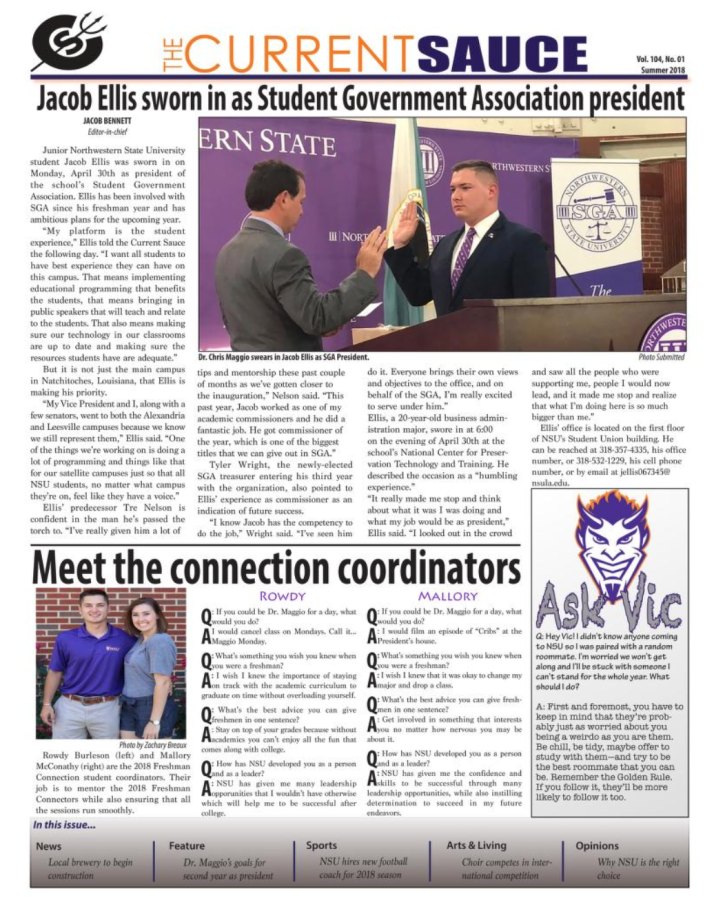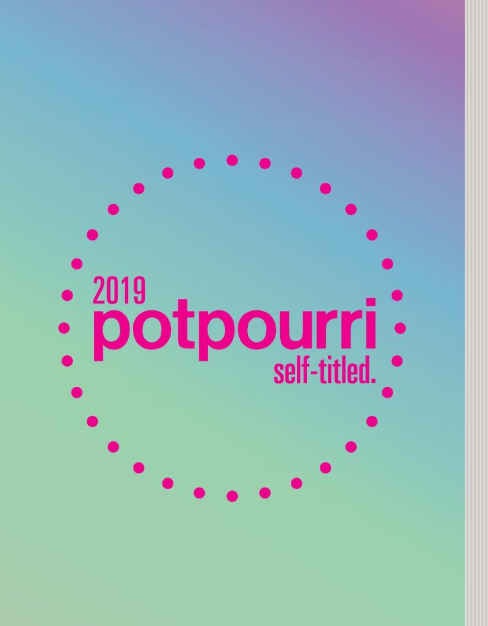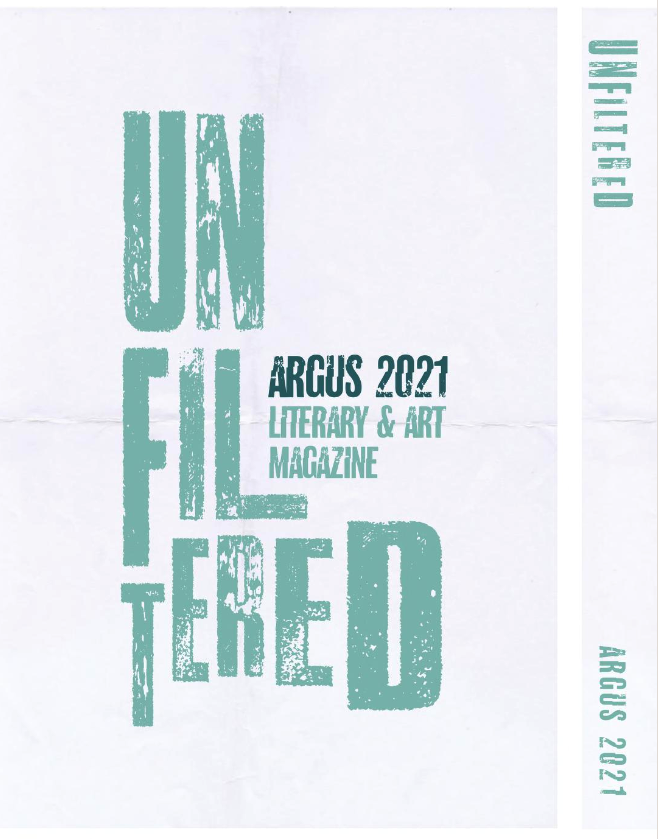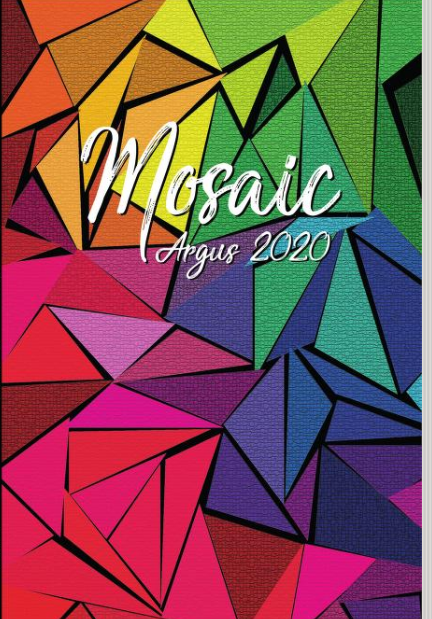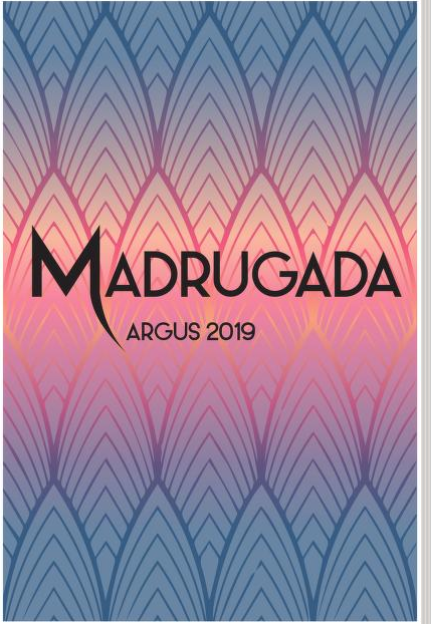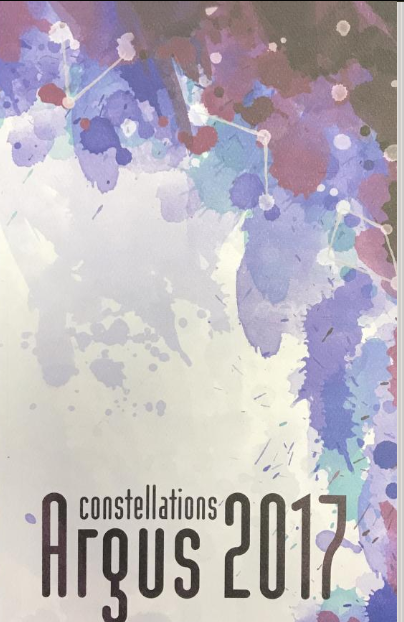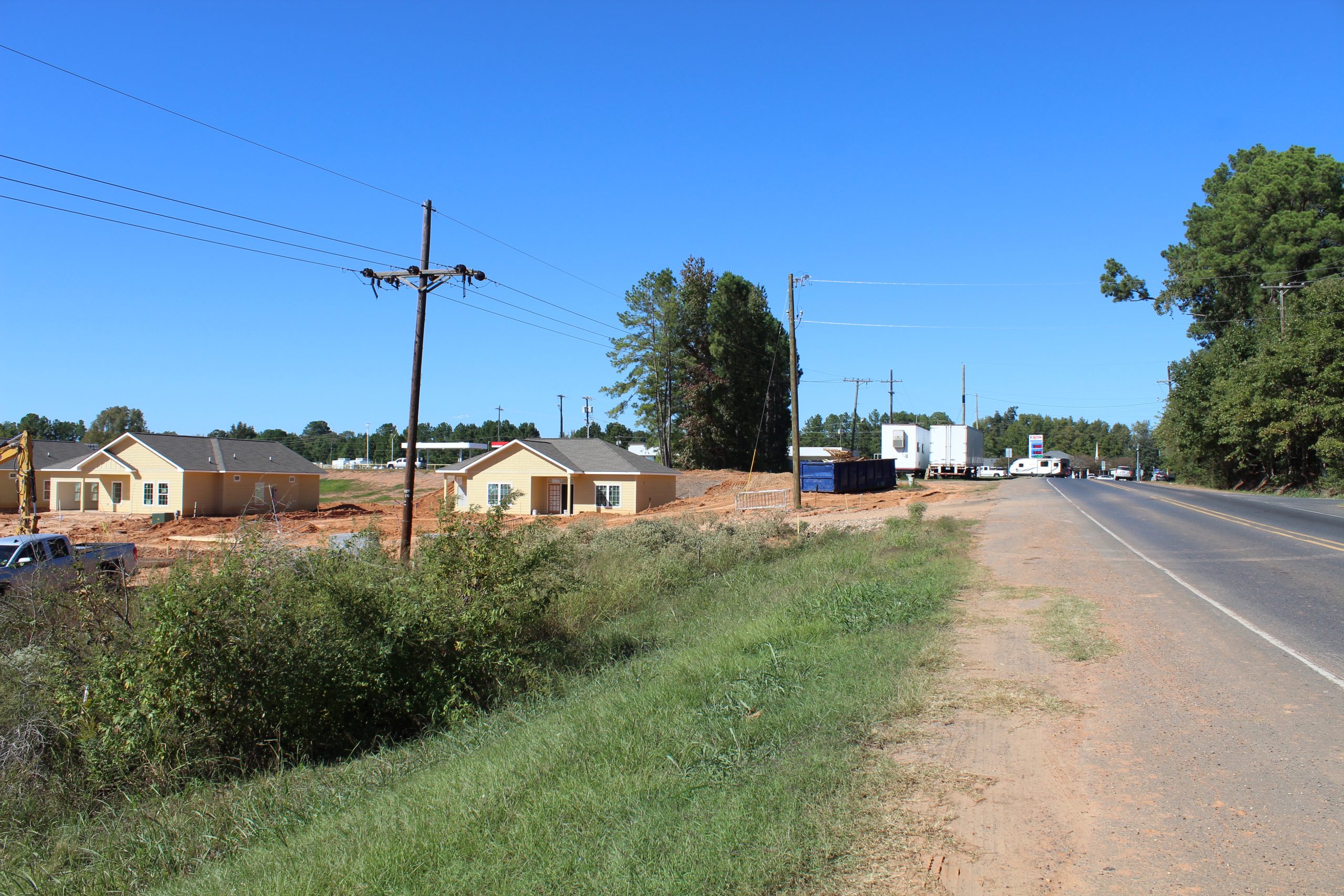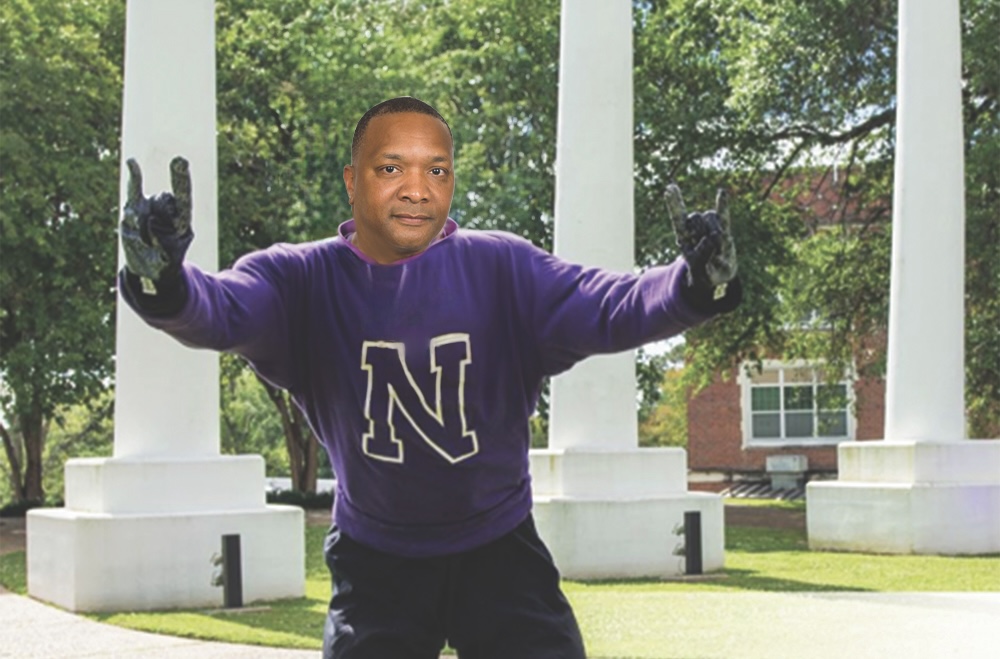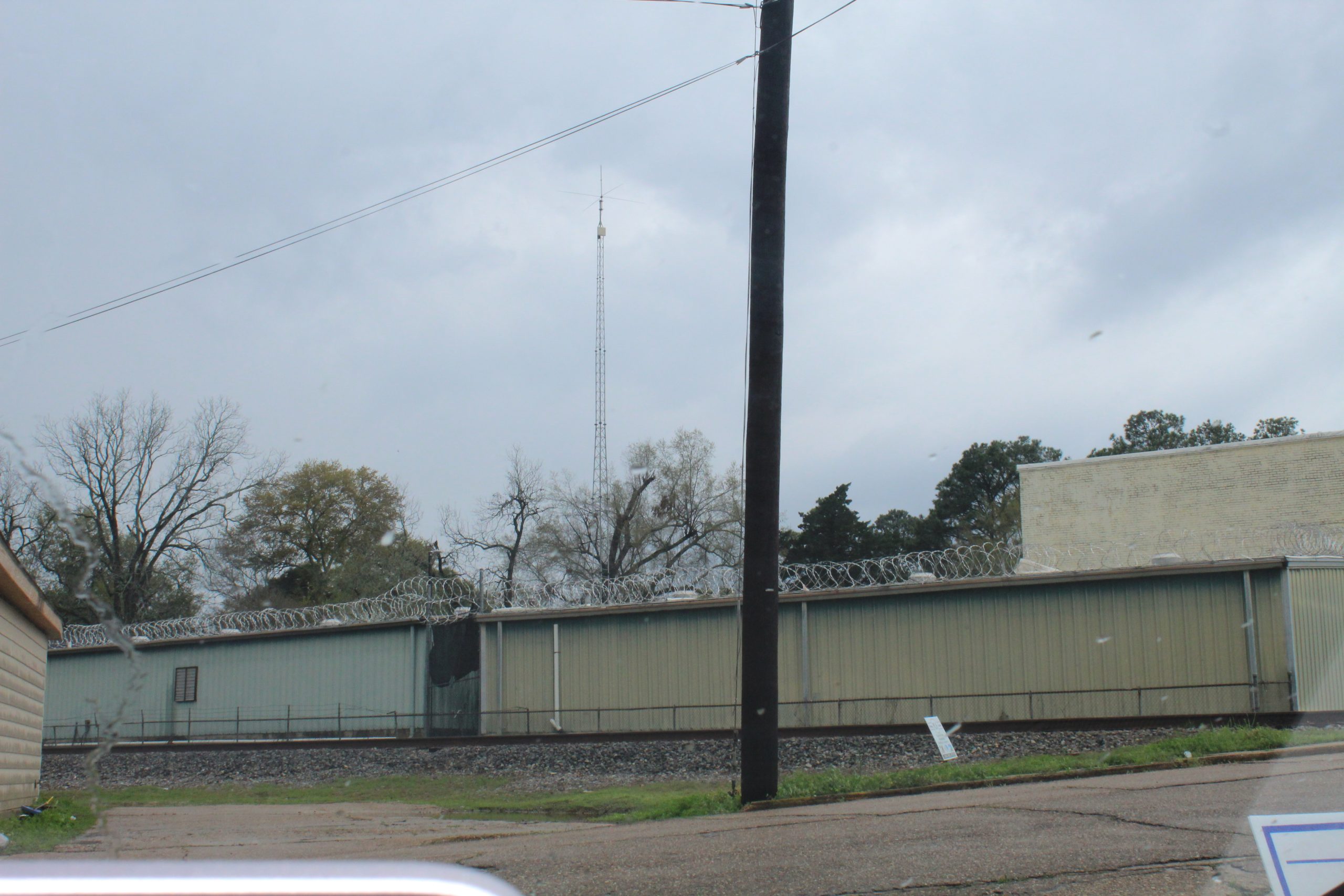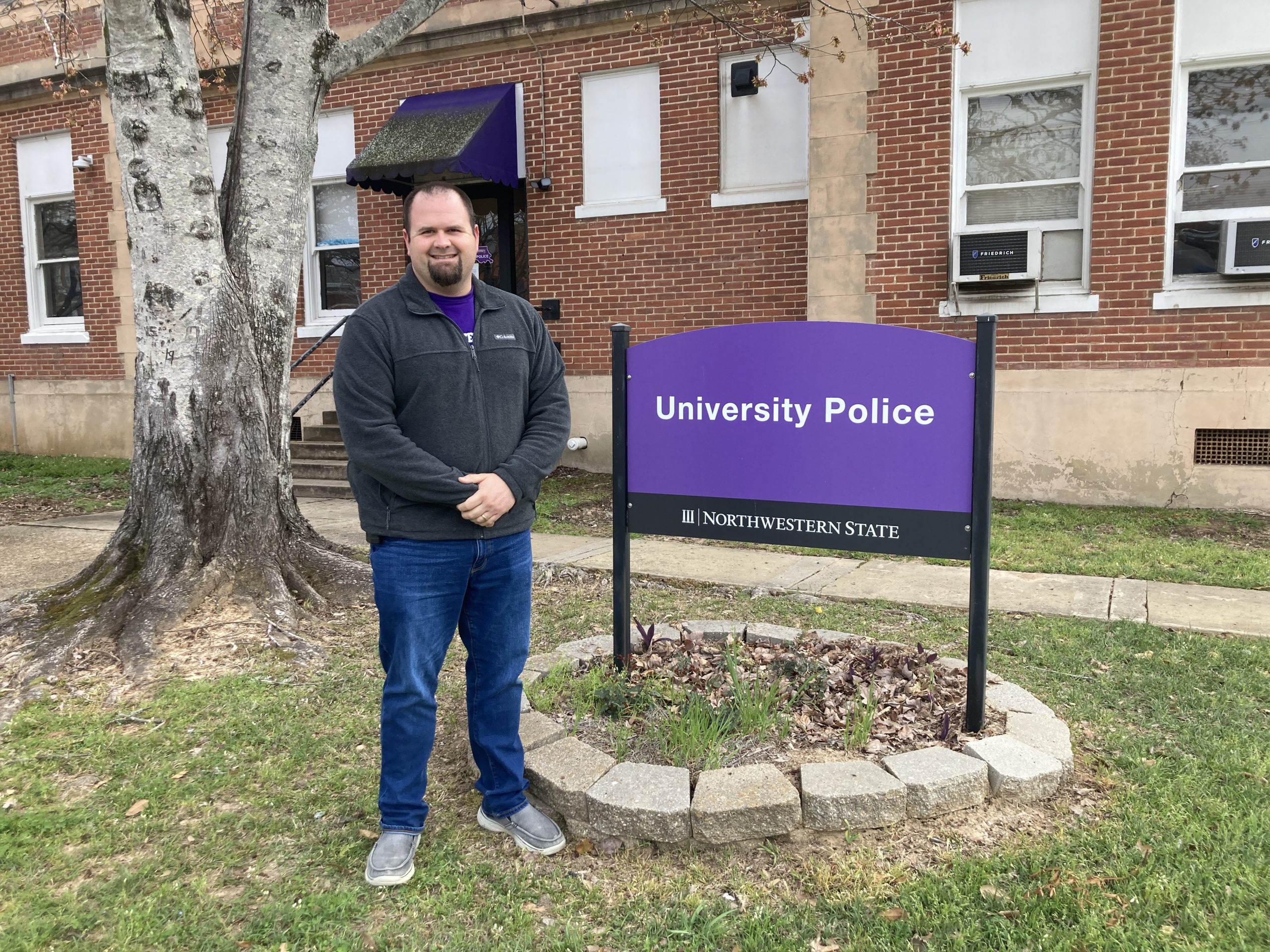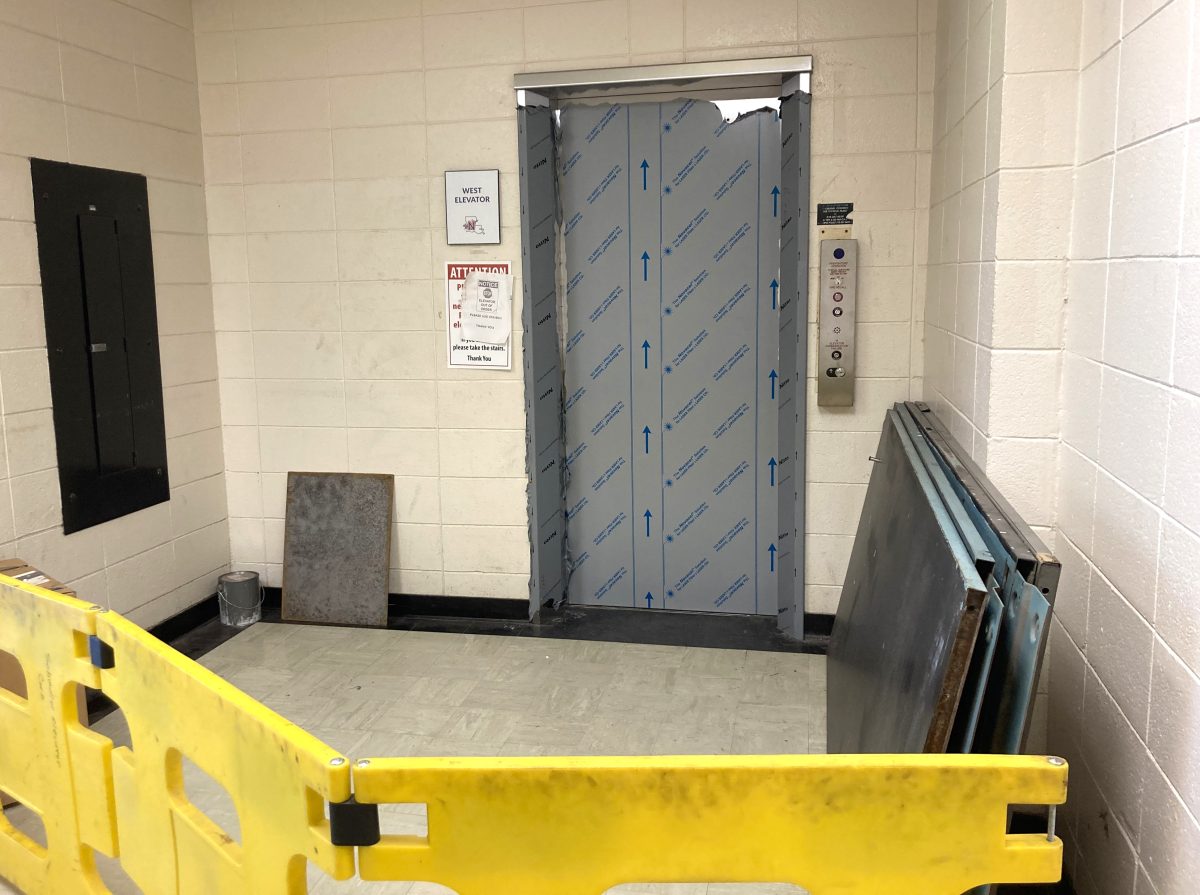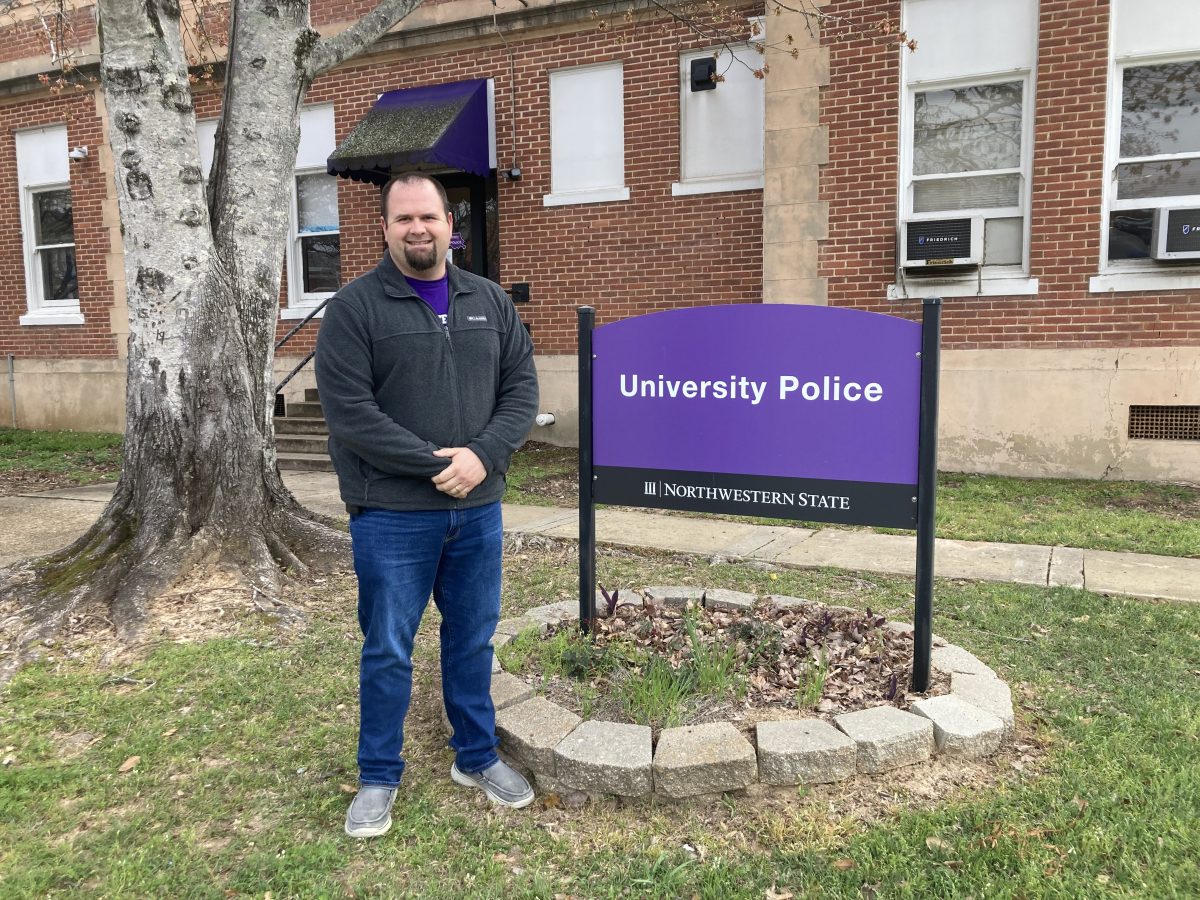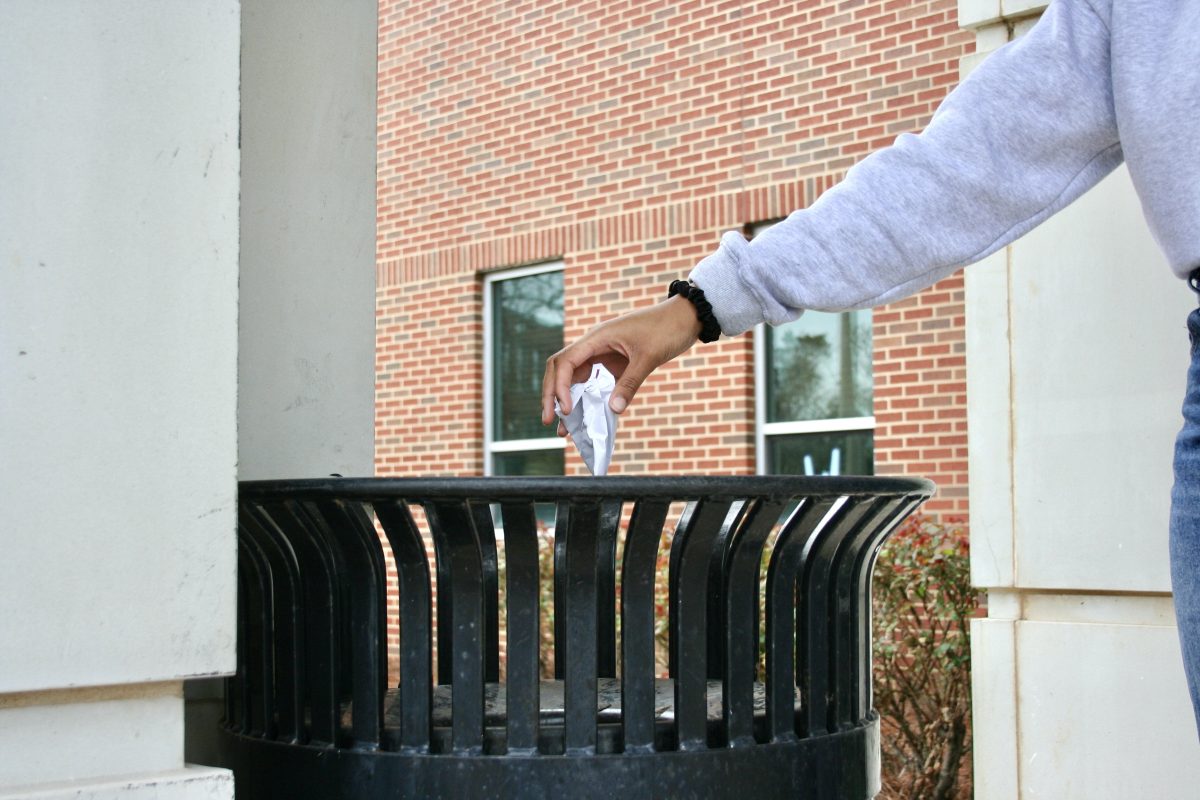As the climate changes, it causes numerous environmental shifts. One such shift is the increase of rainfall, which in turn causes surges in flooding and driving rain. Both flooding and driving rain have the potential to impact how salts move in historic masonry structures.
There is currently research on NSU Campus being overseen by Marissa Bartz, an intern at National Center for Preservation Technology and Training. In the research, Bartz is trying to understand efflorescence on the historic low fired brick.
The migration and creation of salt crystals also known as efflorescence can cause severe damage in masonry, which makes this research critical for preserving historic brick buildings.
This research focuses on the evaluation of five commercial anti-efflorescence products that were applied to salvaged historic bricks. The parameters used to select the five anti-efflorescence products includes marketing for prevention of anti-efflorescence on brick, toxicity, diverse chemical composition and availability in the United States.
“This research took place over a two-year time period at the National Center for Preservation Technology and Training with funding from the National Park Service Climate Change Response Program,” Bartz said.
This project is funded by the National Park Service Climate Change Response Program and the bricks were purchased specifically for this project currently in Fournet Hall.
Bartz said the project is composed of two parts. The first includes seven test walls which are constructed with salvaged historic brick and impregnated with salts from simulated groundwater. Then the walls are coated with one of the products and weathered by simulated driving rain.
The second component of the experiment is comprised of individual brick coupons that also are impregnated with salts and coated with the same five products. The objective is to assess the coatings’ performance in a real-world scenario when implemented to protect a brick and mortar system from damage associated with salt efflorescence.
In both parts of the experiment, measurements of color, gloss, compressive strength, and salt content are recorded prior to the product application, after the product application, and upon conclusion of the weathering process. Other measurements taken for part one includes moisture content and the rate of water absorption.
“I am still currently collecting data for this project, so I have yet to come to any definitive conclusions. I should have something concrete in the next month or so,” Bartz said.
“I think Merissa is doing a really good job that is going to affect the way the National Parks Service look at anti efflorescence,” said Mary Striegel, chief research scientist and manager for a federal laboratory specializing in historic preservation and art conservation.

